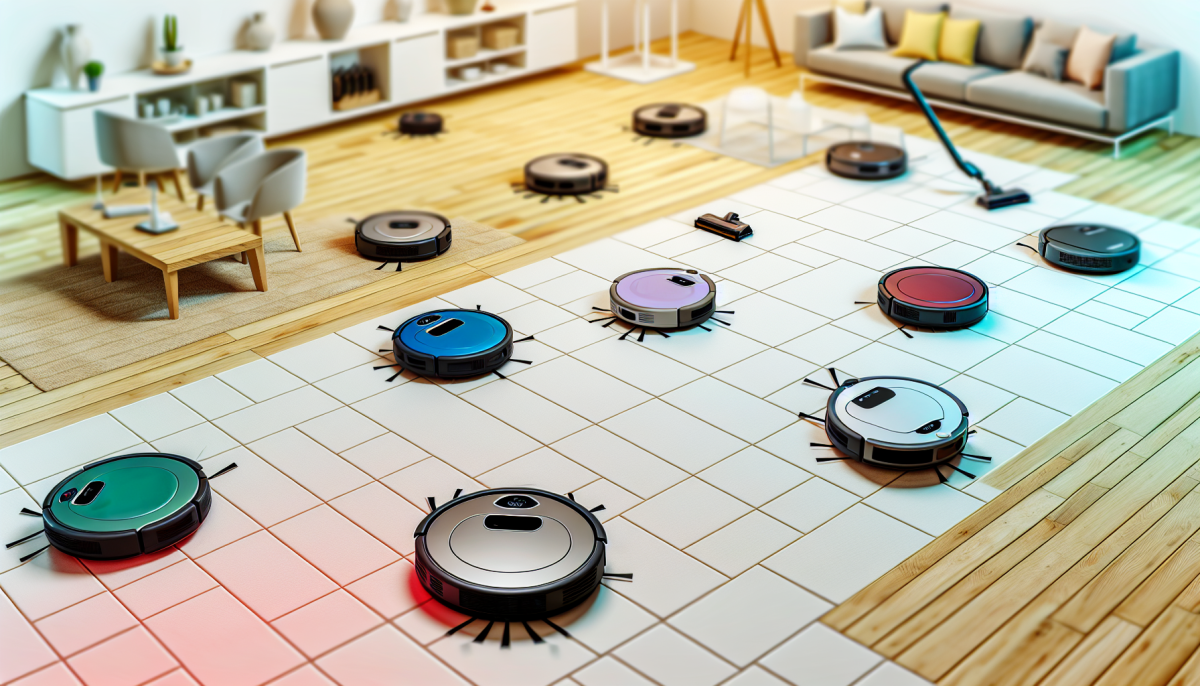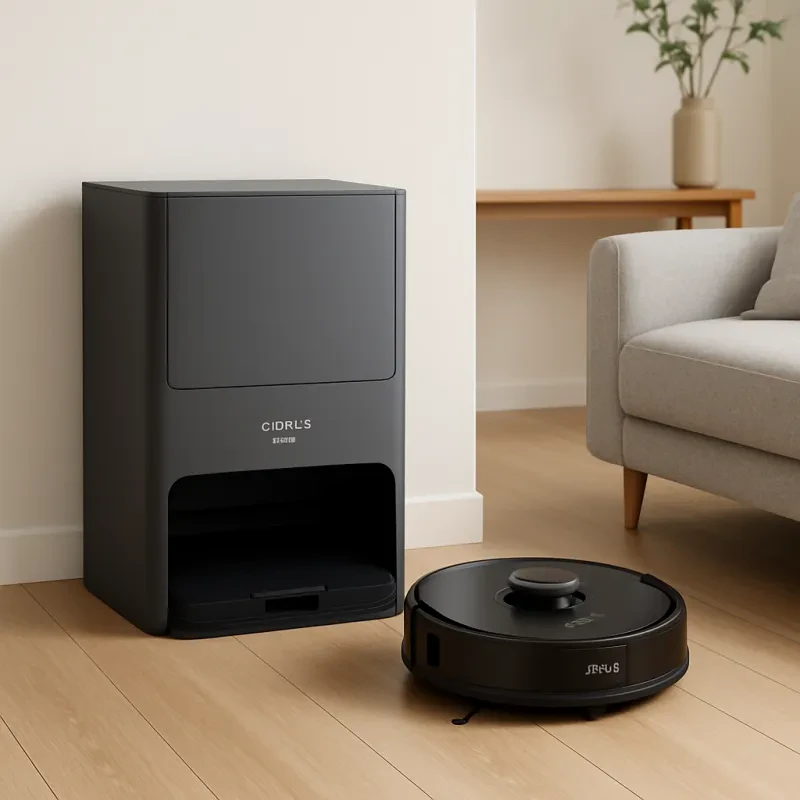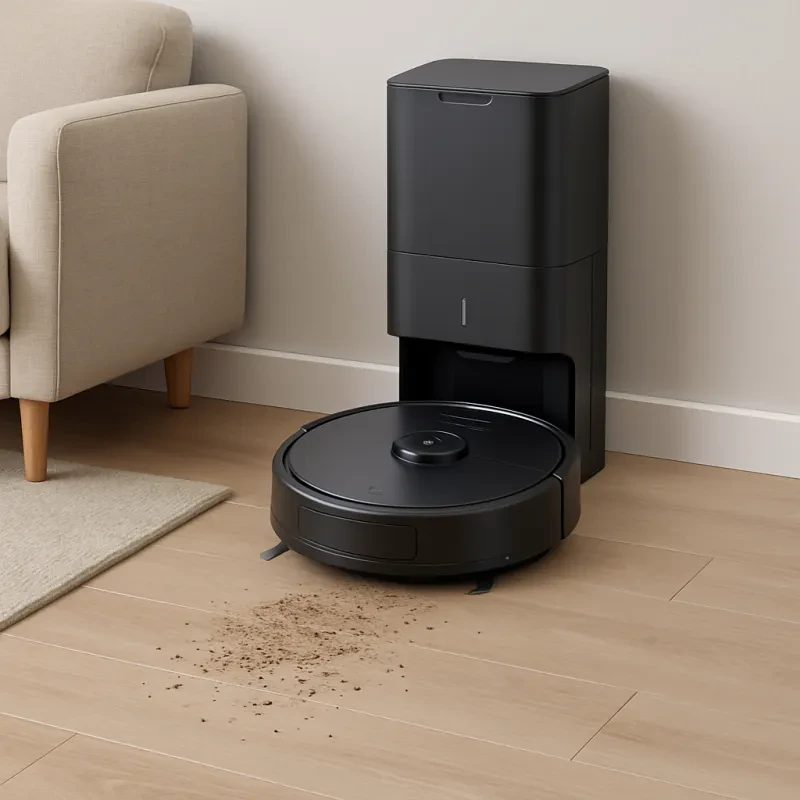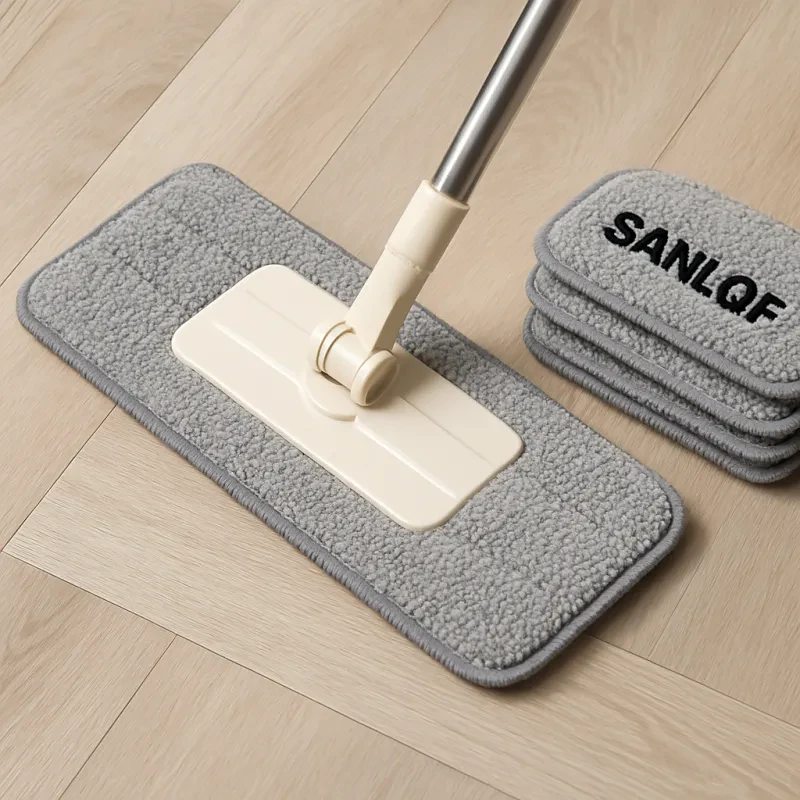In today’s fast-paced world, everyone is looking for smart ways to save time and make life a little easier. One of the most popular smart home devices to emerge in recent years is the robotic vacuum cleaner. These nifty gadgets have transformed the way we clean our homes, offering convenience, efficiency, and even a bit of fun as they zoom around doing the dirty work.
If you’ve been curious about robotic vacuums—how they work, what they can do, and whether one is right for you—you’re in the right place. Let’s dive into the world of robotic vacuum cleaners and answer some of the most commonly asked questions along the way.
What Is a Robotic Vacuum Cleaner?
A robotic vacuum cleaner is a small, autonomous device that uses sensors, brushes, and suction to clean floors without human assistance. Most models are round, low-profile, and equipped with rechargeable batteries. They can be programmed to clean on a schedule, detect dirt, avoid obstacles, and return to their charging stations automatically.
These devices have become a game-changer for many households—especially for busy individuals, pet owners, and those with mobility issues.
How Do Robotic Vacuums Work?
Robotic vacuums use a combination of sensors (infrared, laser, or cameras), algorithms, and motors to navigate your home and clean floors. Some advanced models even map your home to optimize cleaning routes. Here's a quick breakdown of their typical features:
-
Sensors to avoid stairs and obstacles.
-
Brushes and rollers to collect dust and debris.
-
Suction motors to vacuum up dirt.
-
Rechargeable batteries that power the unit.
-
Wi-Fi connectivity for app control and smart home integration.
What Are the Benefits of Robotic Vacuum Cleaners?
-
Convenience – Set it and forget it. The robot cleans while you relax or do other tasks.
-
Efficiency – Many robots can map rooms and clean in a methodical pattern.
-
Maintenance – Keeps floors consistently clean with minimal effort.
-
Compact design – Fits under furniture and reaches tight spots.
-
Great for pet owners – Picks up hair and dander daily to keep allergies at bay.
10 Common Questions About Robotic Vacuums
1. Do robotic vacuums work on all floor types?
Yes, most robotic vacuums are designed to handle a variety of flooring, including hardwood, tile, laminate, and low- to medium-pile carpets. Some higher-end models even adjust suction power based on floor type.
2. Can they clean pet hair effectively?
Absolutely! Many robotic vacuums are equipped with strong suction and tangle-free brushes specifically designed to handle pet hair. If you have pets, look for a model labeled “pet-friendly” or one with a HEPA filter to trap allergens.
3. Do I still need a regular vacuum?
In most homes, yes. Robotic vacuums are fantastic for daily upkeep, but they may not provide the deep cleaning power of a traditional vacuum. You might still want to use a regular vacuum once in a while, especially for thick carpets or heavy-duty cleaning.
4. How often should I run the robot vacuum?
You can run it daily or several times a week depending on your needs. Homes with pets or kids often benefit from daily cleaning, while others might only need two or three runs per week.
5. Will it fall down the stairs?
Not likely. Most robotic vacuums come equipped with cliff sensors that detect changes in elevation and prevent falls. That said, it’s a good idea to test it in your home and keep an eye on it the first few times.
6. Do they get stuck easily?
They can, especially in cluttered areas or with loose cables and rugs. Keeping floors tidy and using boundary strips or virtual walls can help prevent mishaps.
7. How long do robotic vacuums take to clean a room?
This varies by model and room size, but most take 30 to 90 minutes to clean a typical living space. Advanced models with mapping technology are faster and more efficient.
8. Are robotic vacuums noisy?
They’re generally quieter than traditional vacuums. Most models operate between 55-70 decibels, which is about the level of a conversation or a microwave. Some high-suction settings may be louder.
9. How do I maintain a robotic vacuum?
Maintenance is easy:
-
Empty the dustbin after each use or as needed.
-
Clean brushes and filters weekly.
-
Check for tangled hair or debris.
-
Replace parts (filters, brushes, batteries) every few months as recommended.
10. Do robotic vacuums work in the dark?
That depends on the navigation system. Laser-guided (LiDAR) models work fine in the dark, while camera-based models need some light to “see” their environment.
What Features Should You Look for in a Robotic Vacuum?
When shopping for a robotic vacuum, here are some key features to consider:
-
Mapping & navigation – Laser or camera mapping allows for more efficient cleaning.
-
Suction power – Measured in Pascals (Pa); the higher, the better for carpets.
-
App control – Start, stop, schedule, and monitor cleaning from your phone.
-
Voice assistant compatibility – Works with Alexa, Google Assistant, etc.
-
Battery life – Look for at least 90 minutes of runtime.
-
Automatic docking and recharging – The robot returns to its base when low on battery.
-
Multi-room cleaning & no-go zones – Useful for larger homes.
-
Mopping function – Some models include a mop feature for hard floors.
Popular Brands and Models
Some well-known brands include:
-
iRobot (Roomba) – Widely recognized and offers models across various price ranges.
-
Roborock – Known for strong suction and smart mapping.
-
Ecovacs (Deebot) – Offers vacuuming and mopping in one.
-
Eufy by Anker – Budget-friendly and user-friendly.
-
Neato Robotics – D-shaped design for better corner cleaning.
Are They Worth the Money?
That depends on your lifestyle. If you value time-saving technology, struggle to keep up with cleaning, or want to reduce allergens and pet hair, a robotic vacuum can be a worthwhile investment. Prices range from under $200 to over $1000, so there’s something for every budget.
Tips for Getting the Most Out of Your Robotic Vacuum
-
Pre-clean by picking up cords, socks, and loose objects.
-
Use scheduling to automate daily or weekly cleaning.
-
Zone cleaning can help focus on high-traffic areas.
-
Empty and clean the vacuum regularly to maintain performance.
-
Keep firmware updated for better performance and new features.
Conclusion
Robotic vacuum cleaners are no longer just a novelty—they’ve become a practical addition to modern homes. Whether you're a pet owner, a busy parent, or just someone who wants to keep things tidy without lifting a finger, these clever little machines can make a big difference.
They're not perfect, and you’ll still want to do some occasional deep cleaning. But for everyday dust, hair, and crumbs? A robotic vacuum might just become your favorite new roommate.



